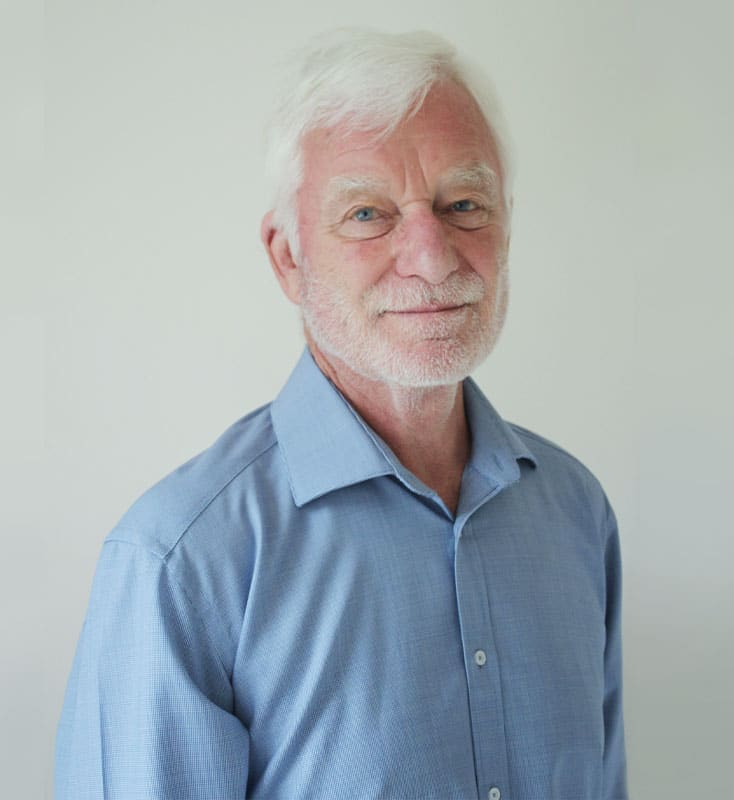McKay, B.
Culture Planning & Design Society
Fabrications, 14(1-2), 1-12
2004
Read Publication
McKay presents a study of post-contact Māori architecture, focusing on the buildings of religious and political movements during the colonial and post-colonial periods in New Zealand.
McKay’s central thesis is not merely a descriptive analysis of what Māori architecture is, but rather an exploration of how an understanding of Māori architectural principles can challenge and reshape Western architectural values. This approach is particularly relevant in the context of New Zealand’s bicultural landscape, underlined by the Treaty of Waitangi, which binds the nation’s two main cultures. McKay argues that it is insufficient to apply Western theoretical frameworks to indigenous architecture. Instead, he posits that indigenous architecture, particularly that of the Māori and broader South Pacific region, has much to teach Western architectural thought. This includes a re-evaluation of underlying architectural concepts related to culture, potentially leading to a more appropriate understanding of architectural forms in the South Pacific milieu, as opposed to a strictly European perspective. The paper emphasises that the study of Māori and South Pacific architecture should not be about assimilating these styles into the Western canon of knowledge. Rather, McKay suggests that Māori architecture has the potential to significantly influence and transform Western ideas about architecture, time, space, and methodology. This transformation can lead to the development of new architectural forms and deepen the understanding of living in the South Pacific world.










